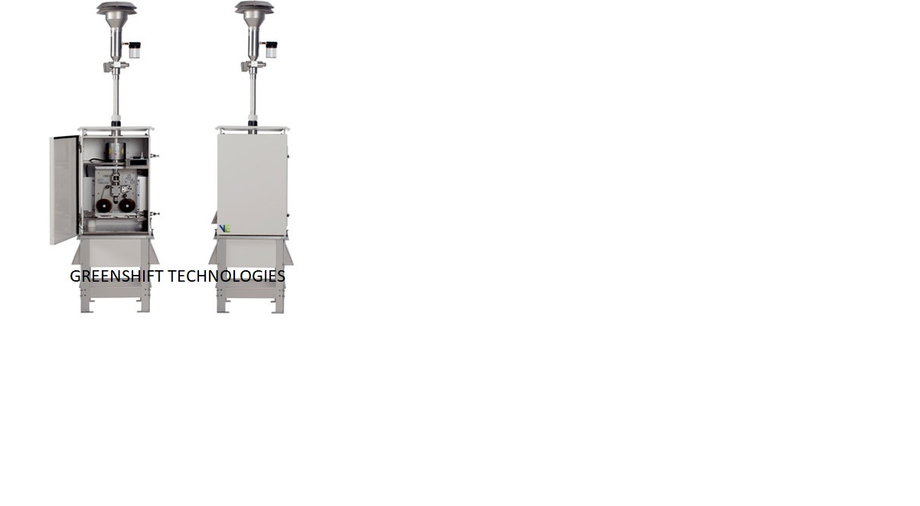Dry fog systems are advanced technology used for various applications requiring effective dust suppression, cooling, or humidification. Unlike traditional water-based fog systems that can leave a wet residue, dry fog systems generate extremely fine water droplets that are almost invisible and evaporate quickly, leaving no moisture behind.
Advantages of Dry Fog Systems:
Effective Dust Suppression: Dry fog systems are highly efficient in controlling airborne dust. The tiny droplets can capture and bind dust particles, preventing them from becoming airborne. This makes them ideal for use in industries such as mining, construction, and cement production where dust control is crucial for safety and environmental compliance.
Minimal Moisture Residue: Since the fog droplets are so fine, they evaporate rapidly, leaving no wet residue. This characteristic is beneficial in environments where maintaining a dry surface is important, such as in electronics manufacturing or food processing.
Improved Air Quality: By reducing dust and airborne pollutants, dry fog systems contribute to better air quality, which can have positive effects on worker health and operational efficiency.
Energy Efficiency: Dry fog systems often use less water compared to traditional systems, which can lead to reduced water consumption and lower operational costs.
Applications of Dry Fog Systems:
Industrial Dust Control: Used in factories, mines, and construction sites to minimize dust emissions and maintain a cleaner work environment.
Cooling Systems: Applied in various settings to provide cooling without adding significant moisture to the air.
Humidification: Employed in environments where controlled humidity levels are required, such as in greenhouse cultivation or climate-controlled warehouses.
Overall, dry fog systems offer a versatile and efficient solution for managing dust, cooling, and humidification needs across various industries, with the added benefit of leaving no moisture residue.

